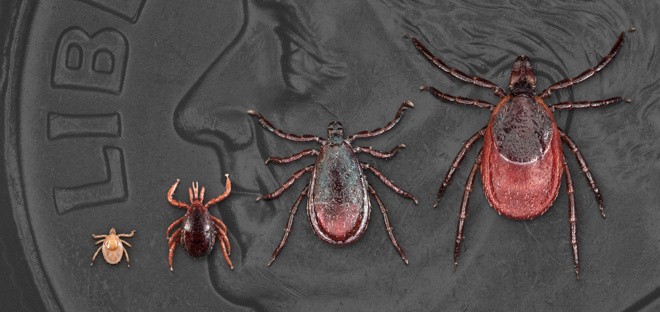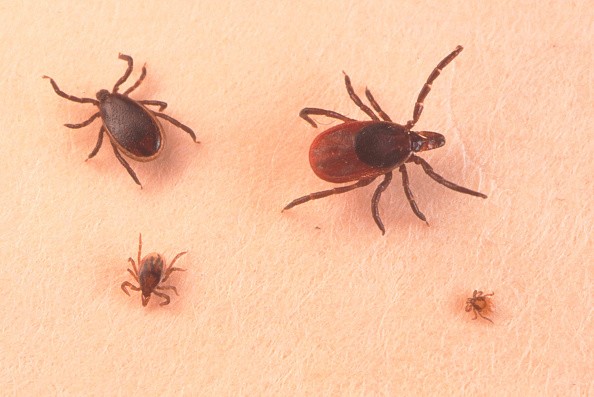An infection that can result in protracted and incapacitating symptoms, tick-borne Lyme disease, likely affects more than 14% of people worldwide.
As a result of ongoing climatic and environmental changes, tick numbers and dispersion are expected to grow.

Expert Opinion
Pharmaceutical giant Pfizer and biotech firm Valneva will soon begin testing a novel Lyme disease vaccine on 6,000 volunteers in Europe and the US to help avert some of these occurrences.
Madeleine Finlay chats with Dr. Eoin Healy about the symptoms of Lyme disease and how vaccination protects against it. She also hears from a special guests about their personal experiences with the illness.
Lyme Disease

The most prevalent vector-borne illness in the US is Lyme disease. The bacteria Borrelia burgdorferi and, less frequently, Borrelia mayonii are responsible for Lyme disease. Infected blacklegged ticks bite humans to spread the disease. Fever, headaches, exhaustion, and an erythema migrans-like skin rash are typical symptoms. Infection can spread to joints, the heart, and the neurological system if not treated.
Lyme disease is identified based on symptoms, physical signs (such as a rash), and the potential for tick exposure. If done appropriately and using procedures that have been established, laboratory testing is beneficial. With a few weeks of medicines, most cases of Lyme disease may be effectively cured. Utilizing insect repellent, removing ticks right away, using insecticides, and limiting tick habitat are all ways to avoid Lyme disease.
Treating Lyme Disease
Early Lyme disease diagnosis and appropriate antibiotic therapy are crucial for preventing late Lyme illness. Even after receiving treatment for Lyme disease, some people report that their discomfort, exhaustion, or mental fog continues. Limited, developing, and unresolved research exists in this area of Lyme disease's chronic symptoms.
More research is required to understand how to treat, manage, and assist patients with lingering Lyme disease symptoms.
Other tick-borne illnesses can occasionally be spread by the same ticks that carry Lyme disease.
Tick-Borne Diseases

Humans can get tick-borne diseases from infected tick bites. Ticks can carry germs, viruses, or parasites. Lyme disease, babesiosis, ehrlichiosis, Rocky Mountain Spotted Fever, anaplasmosis, Southern Tick-Associated Rash Illness, Tick-Borne Relapsing Fever, and tularemia are some of the most prevalent tick-borne illnesses in the United States.
If they labor in areas where ticks are present, outdoor workers run the risk of contracting illnesses carried by ticks. Ticks are more likely present on job sites with woodlands, shrubs, thick grass, or leaf litter. When ticks are most active in the spring, summer, and fall in most of the United States, outdoor workers should take extra precautions to protect themselves. Ticks may be active throughout the year in certain areas with warmer climates.
Treating Tick-Borne Diseases
Tick-borne illnesses are identified based on symptoms and the potential that the worker was exposed to infected ticks.
Certain antibiotics can successfully treat most cases, mainly if therapy is initiated early. However, some employees may have symptoms like arthritis, muscle, and joint discomfort, or exhaustion for a long time.
Related Article : Scientists Double Effort to Find Possible Next Pandemic, Caused by Other Zoonotic Diseases
For more health and medicine related news, don't forget to follow Nature World News!
© 2025 NatureWorldNews.com All rights reserved. Do not reproduce without permission.





